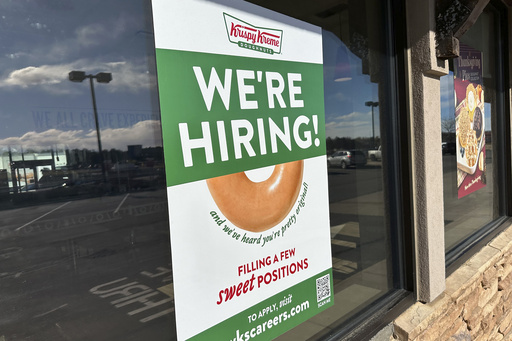
Last week, the number of Americans seeking unemployment benefits experienced a slight decline, staying close to seven-month lows. The Labor Department’s report indicated that jobless claims dropped by 2,000, bringing the total to 213,000 for the week ending November 23. The figure from the prior week was adjusted upward by 2,000, changing it from 213,000 to 215,000.
Despite the decrease in new claims, the number of individuals continuing to receive unemployment benefits increased by 9,000, reaching 1.91 million for the week of November 16. This marks the highest total since mid-November of last year. Although the weekly applications for jobless aid remain historically healthy, it seems that those currently receiving assistance are finding it increasingly difficult to secure new employment, indicating a possible decline in worker demand despite a robust economy.
The four-week average of new claims, which helps to smooth out weekly fluctuations, rose to 1.9 million, an increase of 13,500 compared to the revised average from the previous week. These weekly applications are often seen as an indicator of layoffs occurring across the United States.
Additionally, on the same day, the Commerce Department reported that the American economy grew at an impressive annual rate of 2.8% during the third quarter, thanks to strong consumer spending and a notable increase in exports. This figure aligns with the preliminary growth estimate released for that period.
Amid signs of weakening in employment data and a reduction in consumer prices, the Federal Reserve made a significant move by reducing its benchmark interest rate by 0.5 percentage points in September and followed up with another quarter-point cut earlier this month. While inflation rates continue to remain high, officials from the Federal Reserve have expressed caution regarding rapid interest rate reductions, creating some uncertainty around future monetary policy decisions.
Most economists anticipate that the Federal Reserve may lower rates once more in the coming month, acting as the third reduction this year. However, it is possible they may choose to pause further cuts in subsequent meetings. According to CME Fedwatch, Wall Street investors see nearly equal chances for another quarter-point rate cut during the Federal Reserve’s December meeting.
